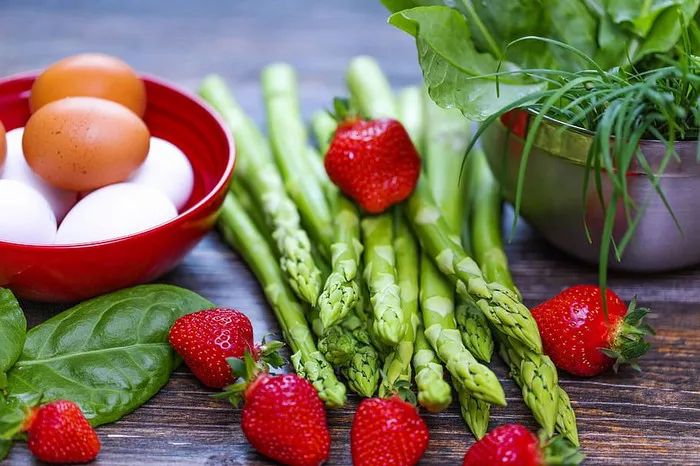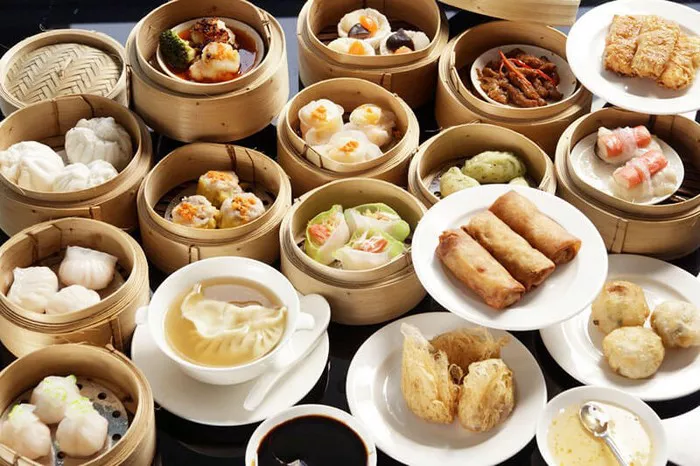Steaming dumplings is a popular cooking method in many cultures, particularly in Chinese cuisine. Dumplings are versatile, delicious, and can be filled with various ingredients. This article will explore everything you need to know about steaming dumplings, including preparation, timing, and tips for perfect results.
Understanding Dumplings
Dumplings are a type of food made by wrapping dough around a filling. The filling can be meat, vegetables, or a combination of both. Dumplings can be boiled, fried, or steamed. Steaming is a healthier option that preserves the moisture and flavor of the filling.
Types of Dumplings
Jiaozi: These are Chinese dumplings usually filled with minced meat and vegetables. They can be boiled, steamed, or pan-fried.
Baozi: These are fluffy buns filled with various ingredients. They are always steamed and have a thicker dough.
Shumai: These are open-topped dumplings filled with ground pork and shrimp. They are traditionally steamed.
Wontons: These are thin-skinned dumplings that are often boiled in soup but can also be steamed.
Preparing Dumplings for Steaming
Choosing the Right Wrapper
Dumpling wrappers can be made from flour and water. You can buy pre-made wrappers or make your own. If you buy them, look for wrappers that are thin yet sturdy enough to hold the filling.
Making the Filling
You can use any filling you like. Popular choices include:
Ground pork: Common in jiaozi and baozi.
Shrimp: Often used in shumai.
Vegetables: Cabbage, mushrooms, and carrots are popular options.
Tofu: A great vegetarian option.
Mix your chosen ingredients with seasonings such as soy sauce, ginger, garlic, and green onions.
Wrapping the Dumplings
Place a Wrapper: Lay a dumpling wrapper on your palm.
Add Filling: Spoon a small amount of filling in the center. Be careful not to overfill.
Seal the Dumpling: Moisten the edges with water. Fold the wrapper in half and pinch the edges together. Make sure there are no air pockets.
How to Steam Dumplings
Steaming dumplings is simple. You will need a steamer basket or a bamboo steamer. If you don’t have one, you can use a heatproof plate placed on top of a pot of simmering water.
Setting Up the Steamer
Prepare the Steamer: Line the steamer basket with parchment paper or cabbage leaves to prevent sticking.
Arrange Dumplings: Place the dumplings in a single layer in the steamer, leaving space between them.
Steaming Time
The steaming time for dumplings can vary based on the type and size of the dumplings. Here’s a general guideline:
Small Dumplings (e.g., Wontons): 6 to 8 minutes
Medium Dumplings (e.g., Jiaozi): 10 to 12 minutes
Large Dumplings (e.g., Baozi): 15 to 20 minutes
Shumai: 8 to 10 minutes
Testing for Doneness
To check if the dumplings are done, you can:
Cut One Open: The filling should be hot and cooked through.
Check the Wrapper: It should be translucent and tender.
Factors Affecting Steaming Time
Several factors can affect how long it takes to steam dumplings. Here are some to consider:
Size of Dumplings
Larger dumplings take longer to steam than smaller ones. If you have a mix of sizes, start with the larger ones and add smaller ones later.
Filling Temperature
If you are using frozen dumplings, they will take longer to cook. Steam them for an additional 5 to 7 minutes.
Altitude
Cooking at high altitudes can affect boiling and steaming times. If you are in a high-altitude area, you may need to increase steaming time slightly.
Tips for Perfectly Steamed Dumplings
Don’t Overcrowd: Give the dumplings enough space in the steamer. Overcrowding can cause uneven cooking.
Keep the Lid On: To maintain steam and heat, avoid opening the steamer during cooking.
Preheat the Steamer: If you can, preheat the steamer by letting it heat up for a few minutes before adding the dumplings.
Use the Right Amount of Water: Make sure there is enough water in the pot below the steamer. Check it periodically to avoid running out.
Rotate the Dumplings: If you are steaming for a long time, consider rotating the dumplings halfway through for even cooking.
Serving Steamed Dumplings
Steamed dumplings can be served as an appetizer, main dish, or side. Here are some popular serving ideas:
Dipping Sauces
Dumplings are often served with dipping sauces. Common choices include:
Soy Sauce: A simple and classic option.
Vinegar: Black vinegar adds a tangy flavor.
Chili Oil: For those who like a bit of heat.
Accompaniments
Pickled Vegetables: These add a crunchy texture and balance the dumplings’ richness.
Soup: Dumplings can be served in a light broth for a comforting dish.
Common Mistakes to Avoid
Using Too Much Water: Too much water can make the dumplings soggy. Use just enough to create steam.
Not Sealing Properly: Ensure that the dumplings are sealed well to prevent filling from leaking out.
Steaming Too Long: Overcooked dumplings can become tough. Monitor the time closely.
Conclusion
Steaming dumplings is an art that requires practice and patience. By understanding the types of dumplings, how to prepare and steam them properly, and following the tips provided, you can create delicious, perfectly steamed dumplings at home. Whether you enjoy them as a snack or a full meal, steamed dumplings are sure to impress. Enjoy your cooking journey!
Related topics:



























